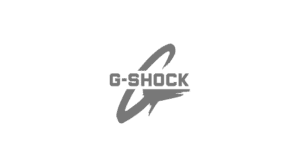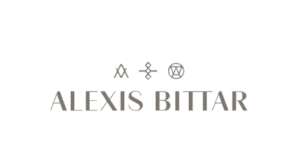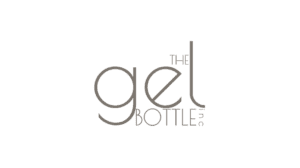One of the most exciting new paid media marketing avenues is online influencer marketing. Put simply, it’s connecting consumer brands with content creators on popular online networks, like Facebook, Instagram, YouTube, and Tumblr. Once connected, the brands pay influencers to create content that promotes their products or services. Think of it as the social media version of a listicle.
This concept isn’t new. Companies have always reached out to influencers in an effort to get their brand some coverage. But now that this has been formalized into online platforms, industry leaders and media outlets are taking notice. Huffington Post estimates that influencer marketing will climb to 50% of digital marketing budgets for online marketers in 2016, completely disrupting the display industry over the coming years. While that has yet to be seen, it’s still something to keep your eye on. Influencer marketing sits at an interesting intersection between paid media, SEO, partnerships, and content marketing. Due to the nature of the service, the content being created is useful in multiple ways:
Driving Sales: The main reason why people participate in paid advertising is to drive sales. We all know that. But what does the return look like for influencer marketing? Well, a 2015 Burst Media study found that advertisers saw a return of $6.85 for every dollar they spent. But how do you track that? Many marketplaces offer some kind of tracking option for your campaign. For example, Grapevine offers conversion tracking, so you can see exactly how many sales an influencer has delivered. Other platforms, like FameBit, encourage appending URLs with additional tracking codes so that you can track conversions through services like Google Analytics.
SEO Content: A major benefit of this kind of content is the fact that it generates new back-links. The better the influencer, the more popular the content, the higher that content will rank on services like Google and YouTube. Additionally, many content marketers have their own websites and blogs. Brands can negotiate blog posts into the service contact to ensure that a search-engine backlink will come from the content.
Partnership/Cross-Branding: A big part of growing exposure for your business is organizing partnerships and orchestrating cross-branding between companies. This kind of content has inherent cross-branding opportunities. When a content creator creates a video on your product, your brand becomes associated with that influencer. That’s choosing the right influencers for your brand is such a key element to this kind of service.
Content Marketing: Depending on what your brand is receiving from your influencers, you can leverage that influencer content towards your own. An important part of SEO is maintaining and publishing blog content. The promotions you receive from these influencers can be used for this exact purpose. Additionally, if your company is interested in looking into paid content marketing services (like Taboola), your business’ new blog content can be adapted to an additional revenue stream.
Advocate Marketing: According to Forbes, referrals from current customers are the best marketing method to obtaining customers at the lowest cost. Capturing “brand-hero” fans from influential content creators brings opinionated and outspoken customers to your doors. These people love what they love, and do it loudly. This advocate influence quickly turns your best customers into referral and review machines, exponentially expanding your brand’s visibility. Influencer marketing is an interesting way to diversify your paid media marketing efforts. Not only does it take place on everyone’s favorite social networks, but it also has the added implicit benefits in SEO and brand recognition. With influencer marketing startups already pulling in millions from investors, this growing multi-functional side of online advertising is a great way to drive sales and spread the word about your brand.





















